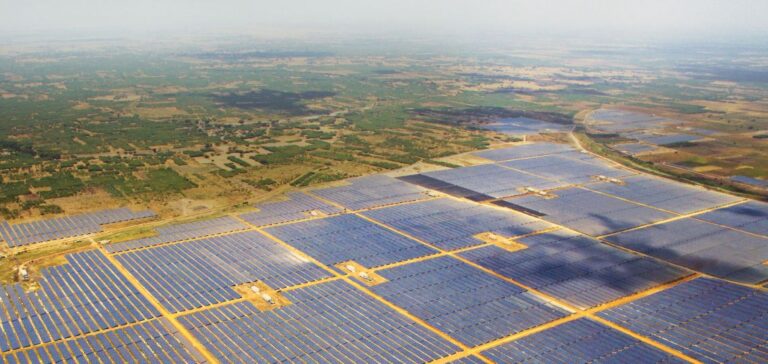Global demand for electricity is set to grow significantly in 2024-2025, driven mainly by India and China.
These two nations will see their electricity needs increase by 8% for India and 6.5% for China in 2024.
This increase is driven by strong economic growth and intense heat waves.
Economic and energy context
Global electricity demand is set to rise by 4% in 2024 and 2025, outstripping global GDP growth forecast at 3.2%.
In Asia, rapid economic expansion is driving energy demand.
India, which is experiencing rapid economic growth, will see its electricity consumption rise by 8% in 2024, mainly due to increased cooling requirements in the face of prolonged heat waves.
To meet this demand, but also to make a profit on resale, India has increased its imports of Russian gas.
In China, demand for electricity is set to grow by 6.5% in 2024, continuing the trend observed in recent years.
The transition to an economy less dependent on heavy industry is not hampering energy demand, supported by the growing production of solar panels, electric vehicles and batteries.
Trends in the European Union and the United States
In the USA, electricity demand is set to rise by 3% in 2024 and 1.9% in 2025, underpinned by an improving economy and increased demand for air conditioning due to heat waves.
In Europe, the EU sees a 1.7% rise in electricity demand in 2024, although economic uncertainty persists.
Wind and photovoltaic power generation in the EU will outstrip fossil fuel generation in 2024.
The share of wind and solar power in total electricity production rises from 26% in 2023 to 30% in 2024, and to 33% in 2025.
Expansion of Nuclear Production
Global nuclear production reaches a new peak in 2025, with increases of 1.6% in 2024 and 3.5% in 2025.
France increases its nuclear output following maintenance work, and Japan restarts its reactors.
New reactors come on stream in China, India, South Korea and Europe.
These projections show a sharp rise in global electricity demand, driven by rapid industrialization, growing cooling needs and a transition to renewable and nuclear energy sources.






















